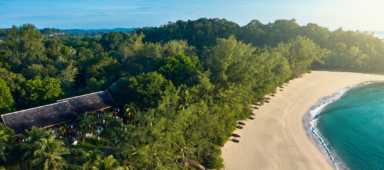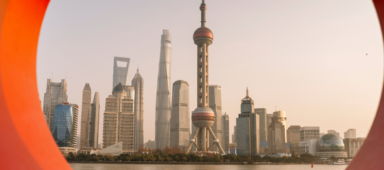Find the ancient past within this modern Chinese city
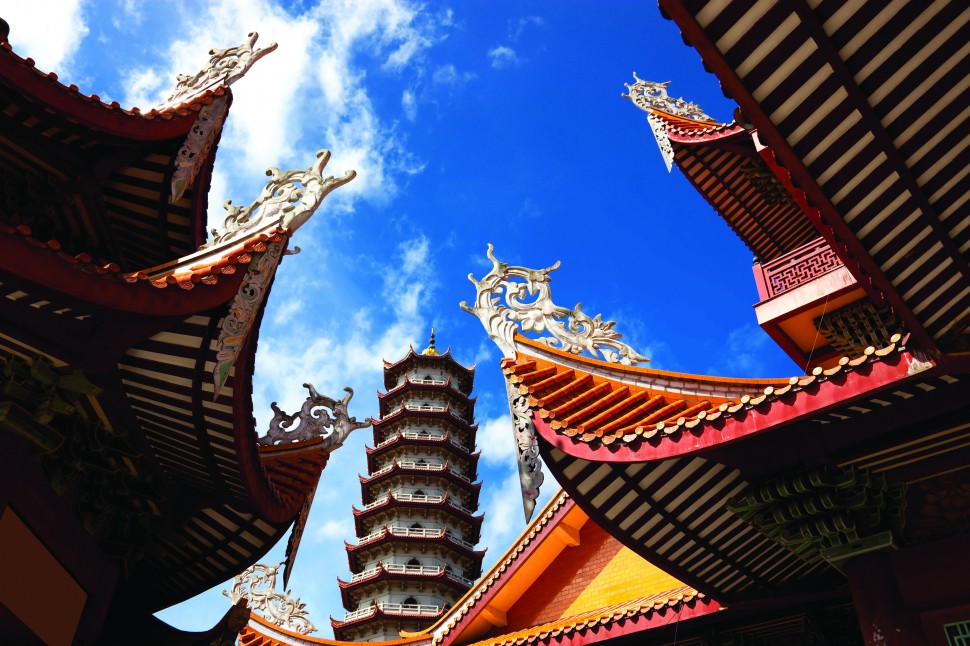
At first glance, the charms of busy, sprawling Fuzhou with its traffic-clogged streets and towering skyline might not be apparent, but behind this modern façade lies a historic city that has been populated for over two thousand years and is influential on both Chinese and Asian history and culture, evidence of which can be tracked down by the curious visitor.
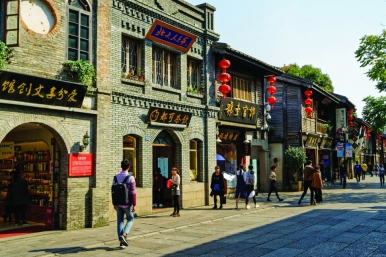
With over seven million inhabitants, and as the capital of Fujian Province, it’s also well-endowed with hotels, and is a regional hub for buses and trains (including China Rail’s excellent high-speed services) that can conveniently whisk visitors to the province’s top tourist destinations.
Most of Fuzhou’s formal sights lie within walking distance of each other in the centre and can be visited within a day. A good place to start is the massive concreted open space of Wuyi Square at the heart of the city, where you’ll also find the best hotels. It is overlooked on its north side by one of the most over-the-top Chairman Mao statues in China.
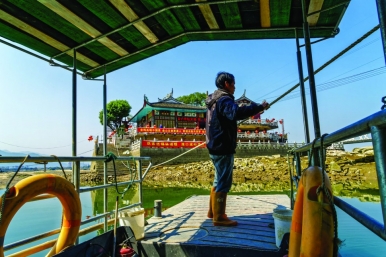
Behind this monument lies the tranquil hill park of Yu Shan, whose wooded slopes are peppered with small Taoist and Buddhist temples and halls, as well as the beautifully restored 41-metre-high Qing dynasty White Pagoda (Bai Ta). which used to dominate the city’s skyline until the coming of modern high-rises.
It’s also a great place to experience Chinese culture, with greenery and a peaceful atmosphere that bring locals here to exercise, perform traditional music, practise tai chi, and play Chinese chess. Most interesting is the ‘Lover’s Corner’, a wall where local singles (or more often their families) post up matrimonial offers, in an ancient form of social media dating. For refreshments, try the excellent Buddhist vegetarian restaurant at the pagoda or return to the square, where you’ll find a couple of traditional tea-houses, as well as a Starbucks a short walk west, if coffee is more your cup of tea.

This branch of the coffee chain is uniquely decorated in traditional Chinese style as it’s at the foot of another hill park, Wu Shan, which features the Song-Dynasty Black Pagoda (Wu Ta), often called the ‘Leaning Tower of Fuzhou’. There’s also a large Taoist temple infamous for the gruesome carvings on its façade that depict acts of extreme filial piety (such as a boy who plucks out his own eyeball to use as bait to catch fish to feed his parents) and the books inside written by monks in their own blood.
Exiting the north side of the park and crossing the road, you’ll come to the Lin Zexu Memorial Hall, an attractive complex of finely decorated halls and courtyards that commemorates the Qing dynasty official whose opposition to foreign opium imports, and the burning of thousands of chests of the drug, sparked the first Opium War. After the war, he was exiled to Xinjiang as a scapegoat, but was later recalled and is now seen as a national hero. You can learn more about this local-boy-made-good from the exhibits captioned in both Chinese and English.

From here, take a stroll north along the flagstones of pedestrianised Nanhou Street, which runs directly through the Three Lanes and Seven Alleys district, the heavily restored historical heart of the city, where there are hundreds of well-maintained Tang and Song dynasty residences, many of which can be entered. It’s also a good place to get some gifts, with lines of shops selling famous local crafts, such as the colourful (and light) Fujian bodiless lacquerware, or fine Shoushan alabaster carvings, most usually made into chops (stamps), though you can buy small statues too.
At the top of the street, turn right and you can seek out the little-visited but fascinating hidden gem of Hualin Temple, whose main wooden hall was built in 964CE during the Tang Dynasty and is the oldest wooden structure in southern China. Though no longer a working temple, it does contain a fine collection of gilded Buddhist statues, and architecture buffs will notice its style reminiscent of temples in Japan, as its design exerted a great influence over Japanese building styles after the Twelfth Century.
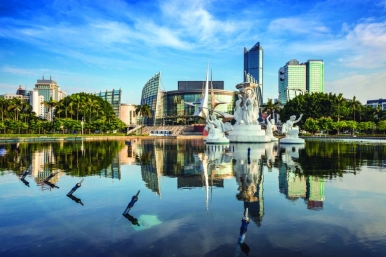
Then, it’s just a few blocks back west to the entrance to West Lake Park, one of the oldest lake parks in China, originally founded 1,700 years ago, though the current landscape of temples, pagodas and pavilions nestling among the willows by the water was laid out during the Qing dynasty. Its meandering paths, stone bridges and causeways certainly deserve a few hours of wandering, as also within the park you’ll find several museums, attractions, and art galleries, including the Fujian Provincial Museum, a great place to learn about the region’s history and culture. There’s also a fine dinosaur exhibition in the Natural History Building, which is always popular with kids, as is Panda World, a small group of enclosures at the southwest of the lake, where with luck you can see both Great- and the smaller Red-Pandas. It can be one of the best places to observe the shy animals, especially if you go mid-week when there are few other visitors.


